The brutalist designs of Berlin-based studio Vaust
Multidisciplinary Berlin studio Vaust digs deep into the German capital’s weighty brutalist legacy to create impactful designs and interiors
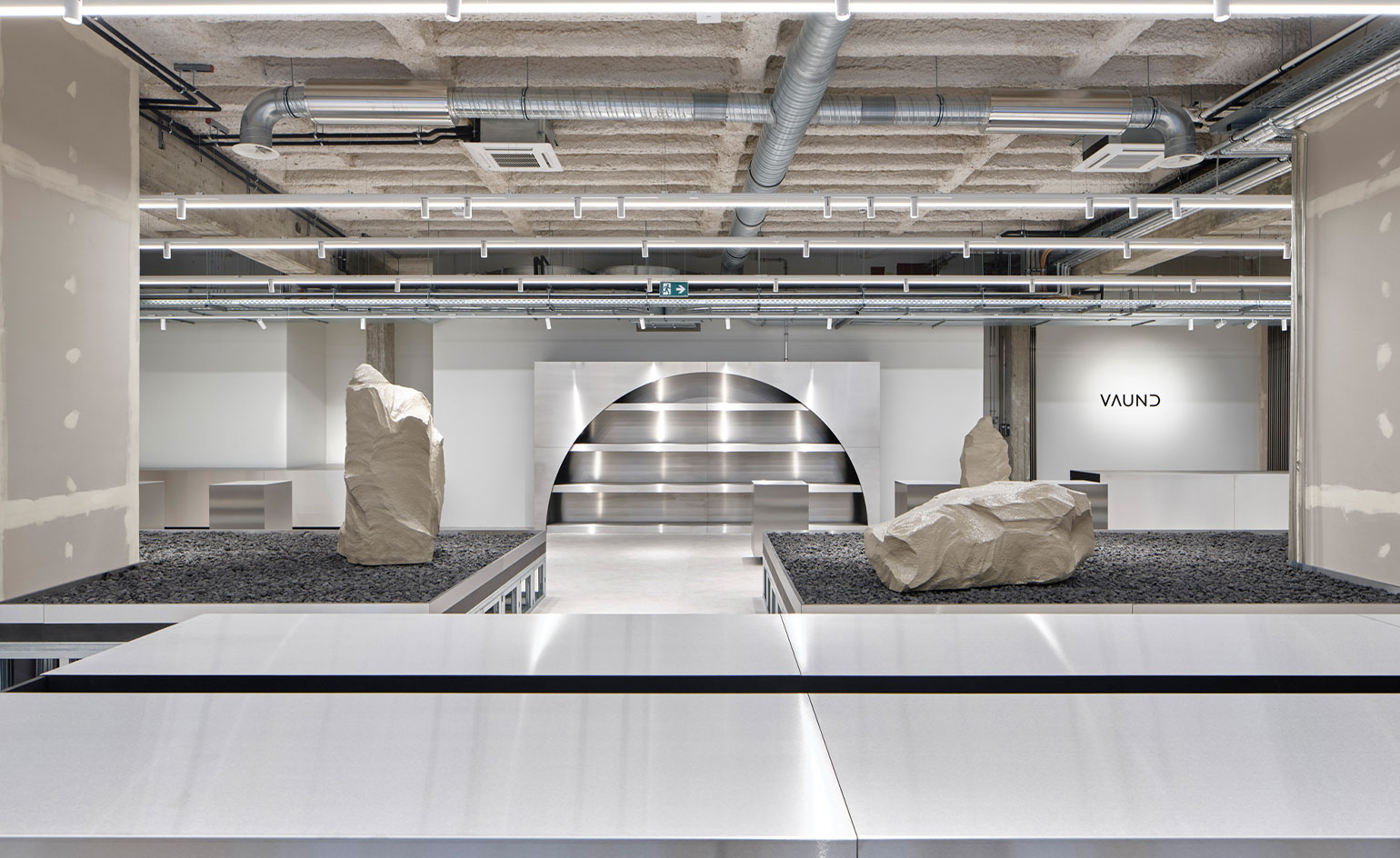
Vaust’s Joern Scheipers and David Kosock do not want to be known as the ‘Berlin marble guys’. ‘Berlin aggregate concrete guys’ could be OK, since much of their recent work explores the creative potential of the cheap industrial material. But really, trying to come up with any kind of pithy summation for Vaust would be a fruitless endeavour.
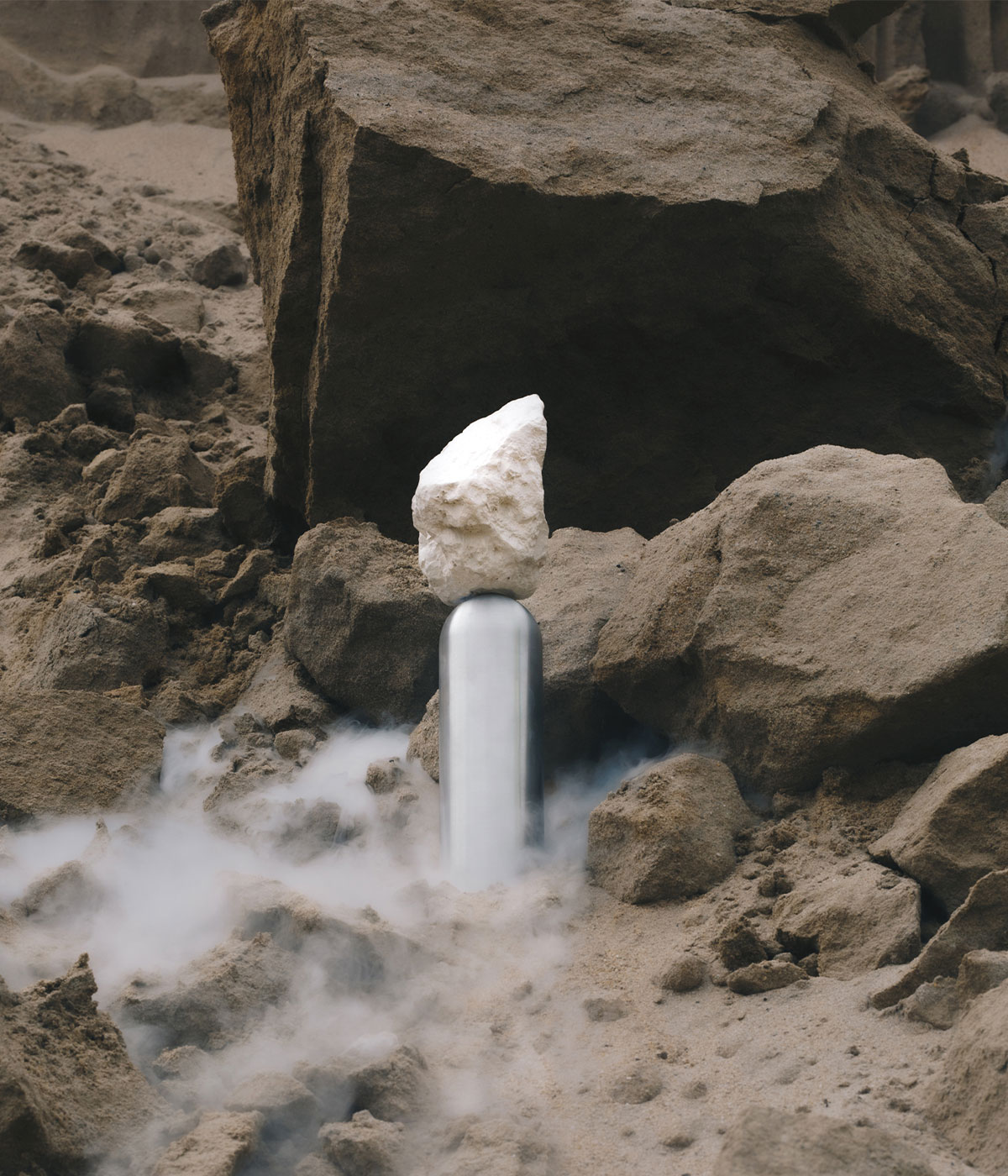
Vaust’s ‘Total Exposure’ collection includes Pin, €780, a solid aluminium and moulded concrete tabletop sculpture. Photography: Dominik Odenkirchen
The studio, founded in 2018, has never worked within the confines of disciplines: its work so far has spanned interior design for retail spaces, restaurants and private homes, capsule collections of furniture, sculptural art pieces, and creative brand direction. Yet all of these projects are united by a distinctive visual language that the pair have carefully honed over the past four years. It traces its roots to Berlin, where looming brutalist architecture belies a culture pulsating with vibrant eccentricity. The city’s penchant for weighty, monolithic forms and unexpected juxtapositions are reflected in Vaust’s work, which often blends blocks of rough quarried stone with polished pieces of metal and glass.
Vaust’s recent project, ‘Total Exposure’, is a case in point, defined by simple, solid forms drawn directly from Berlin’s brutalist architecture. The seven-piece collection, which includes functional side tables and floor vases alongside purely decorative tabletop and floor sculptures, combines the roughly hewn, washed aggregate concrete commonly used in the city’s Cold War-era buildings with shiny brushed aluminium.
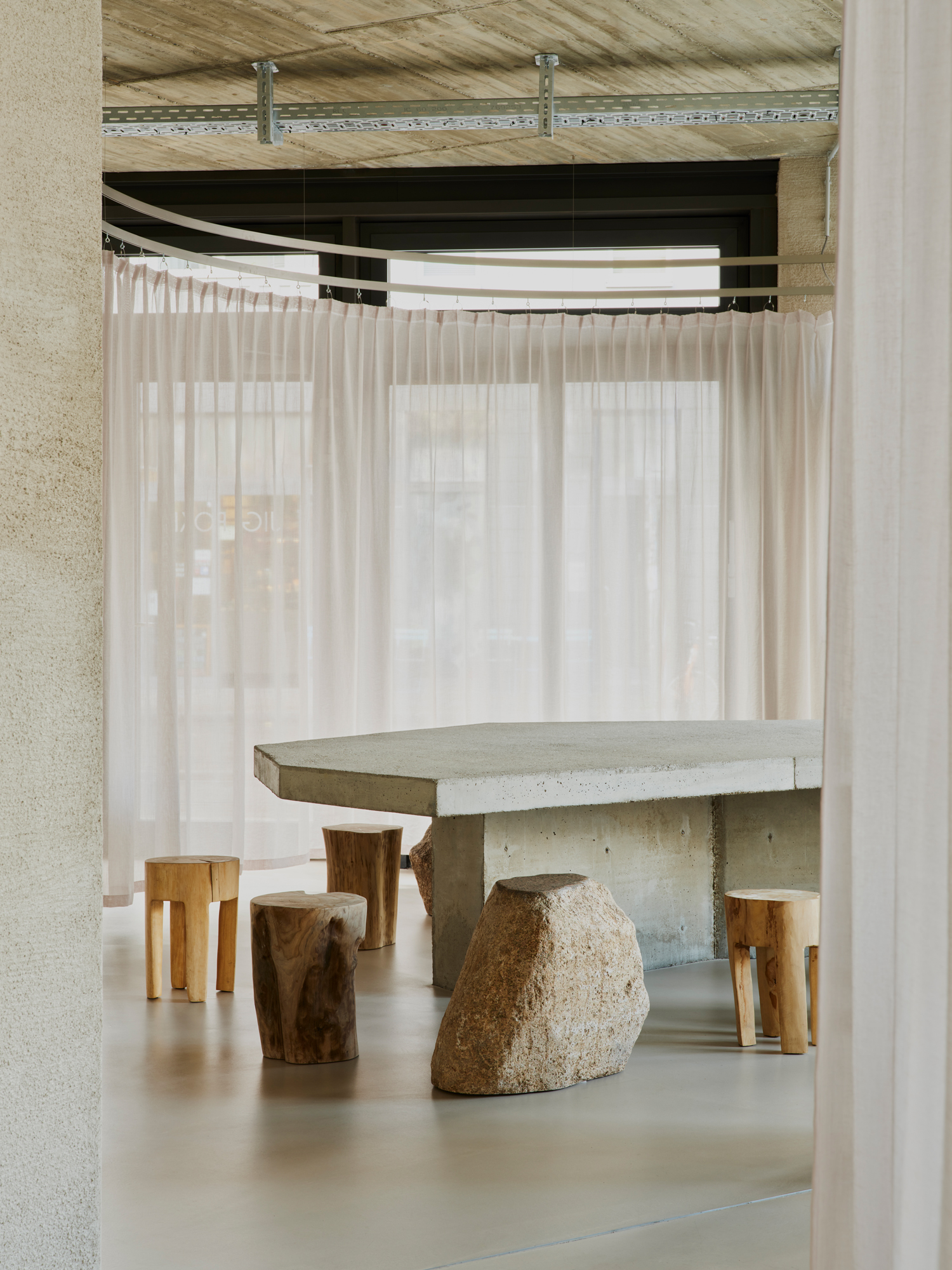
Interior design for JIGI Poke in Berlin. Photography: Robert Rieger
Aggregate concrete was a common fixture in Germany in the 1980s. ‘When you think back on the buildings you were confronted with during your school days, there was a lot of this washed aggregate concrete,’ says Kosock. ‘It’s a typical German thing for cheapish architecture that we saw a lot of in our youth.’ Perhaps because of its ubiquity, aggregate concrete has fallen out of favour in recent years, and concurrently has fallen into Vaust’s work. ‘When we decided to go for aggregate concrete, we couldn’t deny the fact that no one was using it and most people hate it by now,’ says Scheipers. ‘It’s a material that you won’t find in a contemporary context anymore.’
Vaust has long been interested in the secret histories imbued within materials. Its Berlin Perceptions sculptures, which won a Wallpaper* Design Award in 2020, are a precursor of this, using stacked washers of different materials to evoke a particular moment in Berlin’s varied history. For instance, Berlin Perceptions I tells the story of the city’s opulent 18th century through a combination of lacquered ivory, oak remains of the old Berliner Stadtschloss palace, leather and grey glass discs stacked on a brass base. Meanwhile, Berlin Perceptions II combines polished stainless steel, black marble, latex and foam to represent the spirited hedonism of the city’s nightclubs.
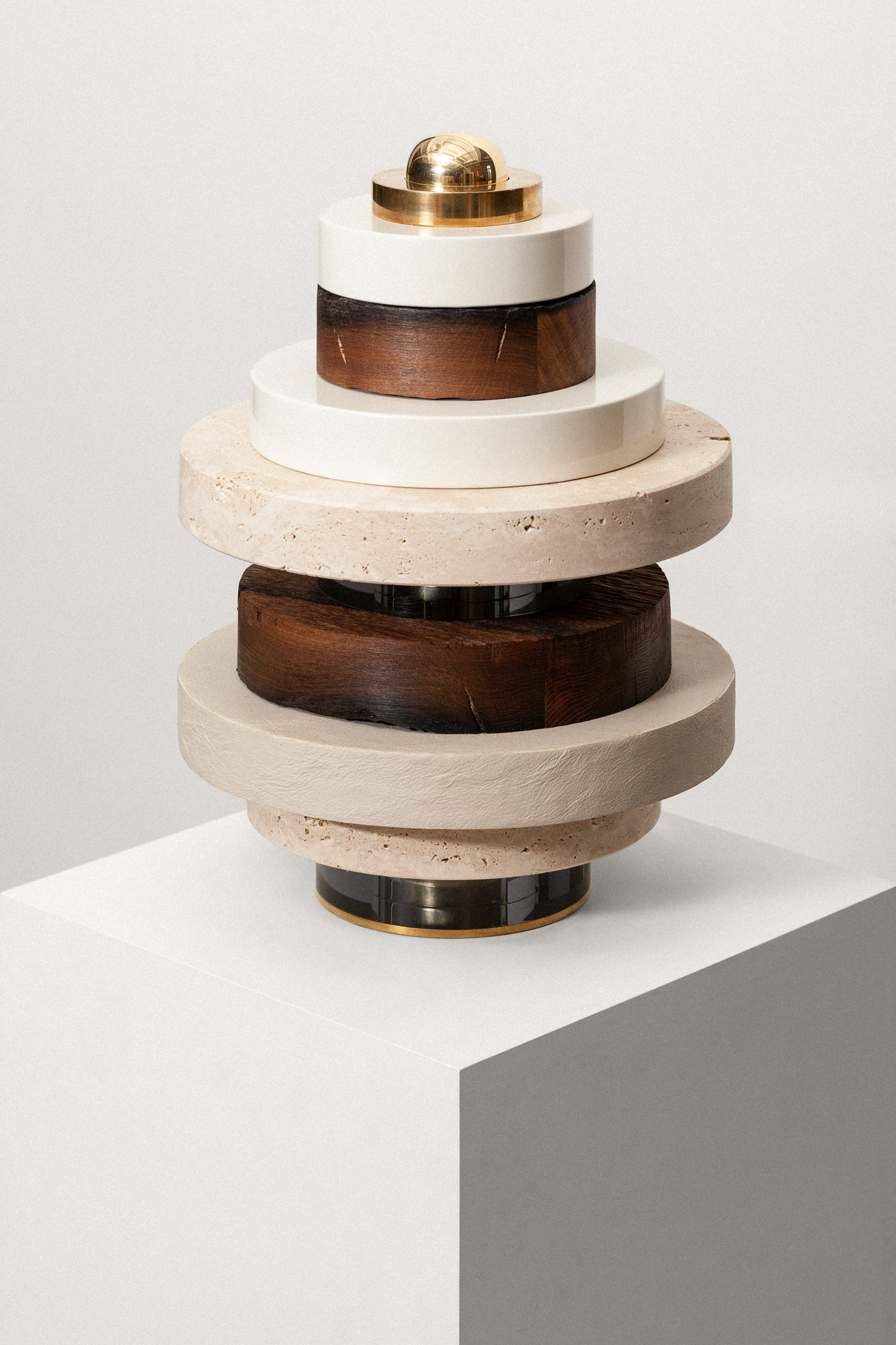
A piece from the Berlin Perceptions sculptures series
Aggregate concrete allows Vaust to tell stories in a similar way, since the gravel used to create the final mixture varies according to geography. ‘So this surface looks different in different areas of the world,’ explains Kosock. ‘We thought it was really interesting that if you have washed aggregate concrete in Munich, it’s different than in Berlin, or in Stuttgart. So we thought, why not take a deep dive into this whole recipe thing?’
The studio’s upcoming retail space project on Schulstrasse, Stuttgart, is intended as a showcase for various brands and the duo were given carte blanche to design its layout and interiors. The stripped-down space features stands filled with black granite, as well as Vaust’s signature hunks of rough stone – this time made from Styrofoam and painted with a special trompe l’oeil technique. ‘We wanted to create a retail canvas for all kinds of products,’ says Scheipers. ‘The whole structure of the store can be broken down to arrange any kind of floor plan.’ The end result is nothing less than a ‘brutalist diamond’.
Receive our daily digest of inspiration, escapism and design stories from around the world direct to your inbox.
Next, the pair wants to bring the creative potential of concrete to new extremes. ‘How cool would it be to have an interior project where the whole floor is weathered aluminium or aggregate concrete?’ says Kosock. ‘We’re just waiting for the one client that is perfect for that idea.’ Any takers?
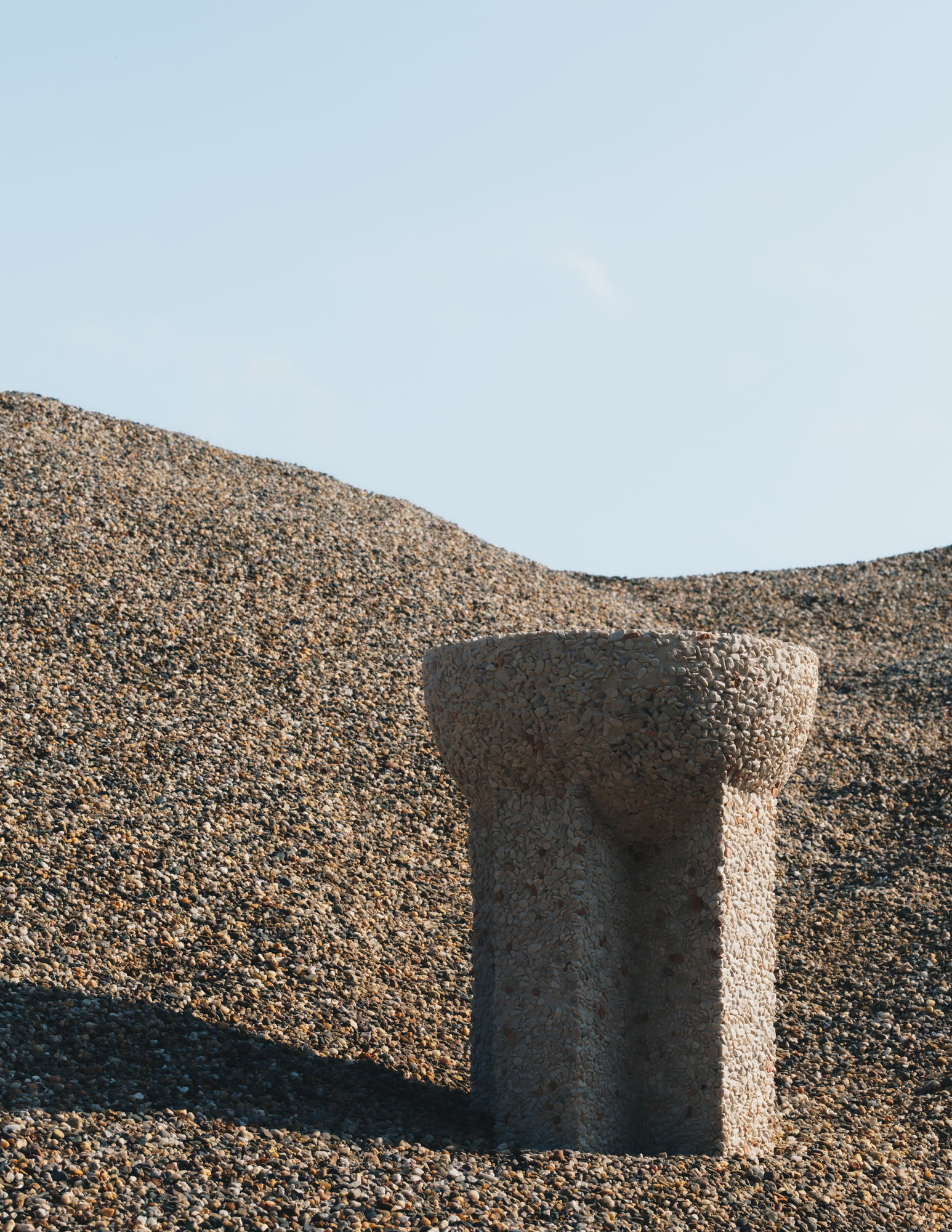
Table from the Total Exposure series, €2.300,00. Photography: Dominik Odenkirchen
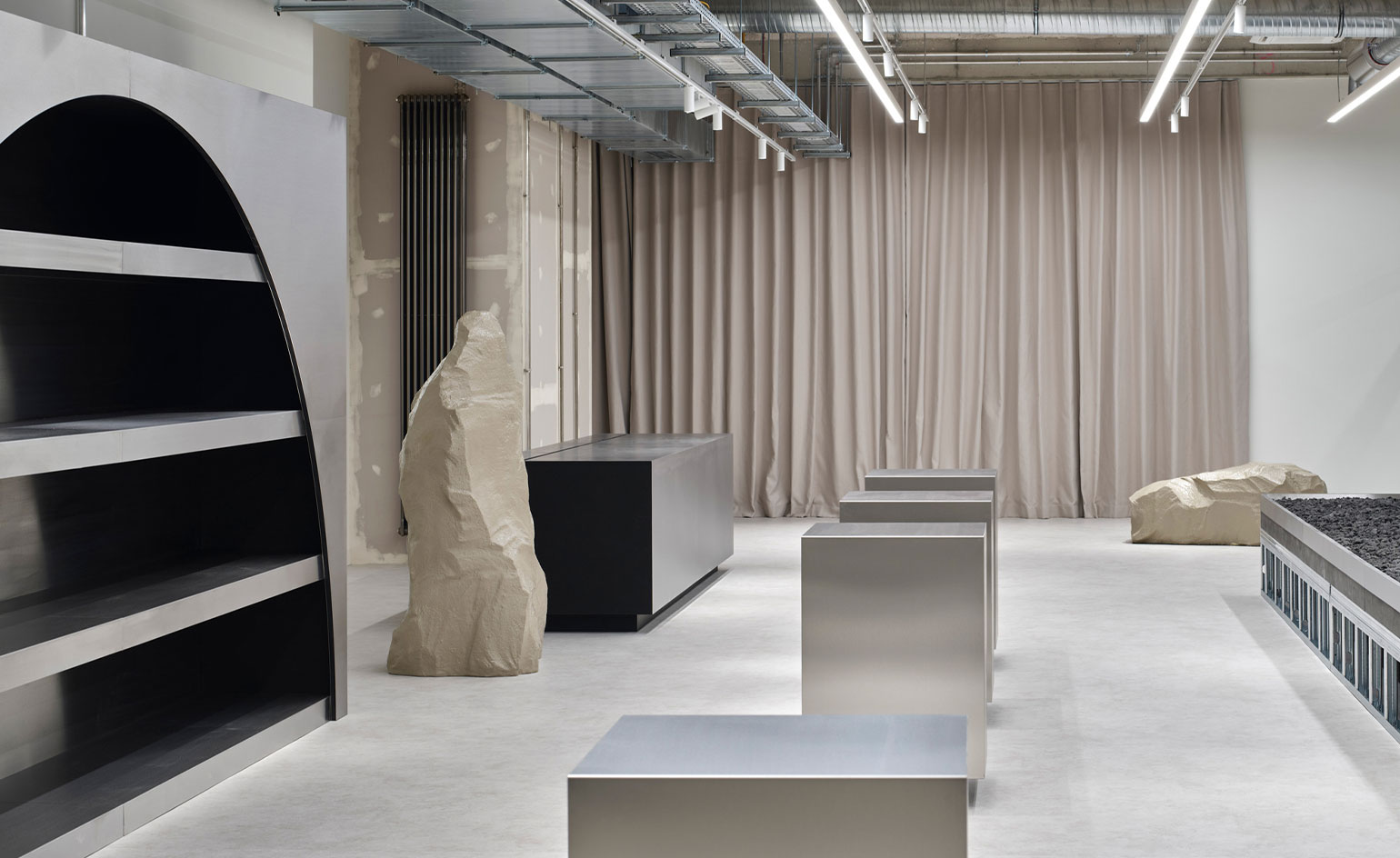
Vaust’s design for a store in Stuttgart features stainless steel stands, display cases filled with black granite, and hunks of rough ‘stone’ made of Styrofoam. Photography: Victor Brigola
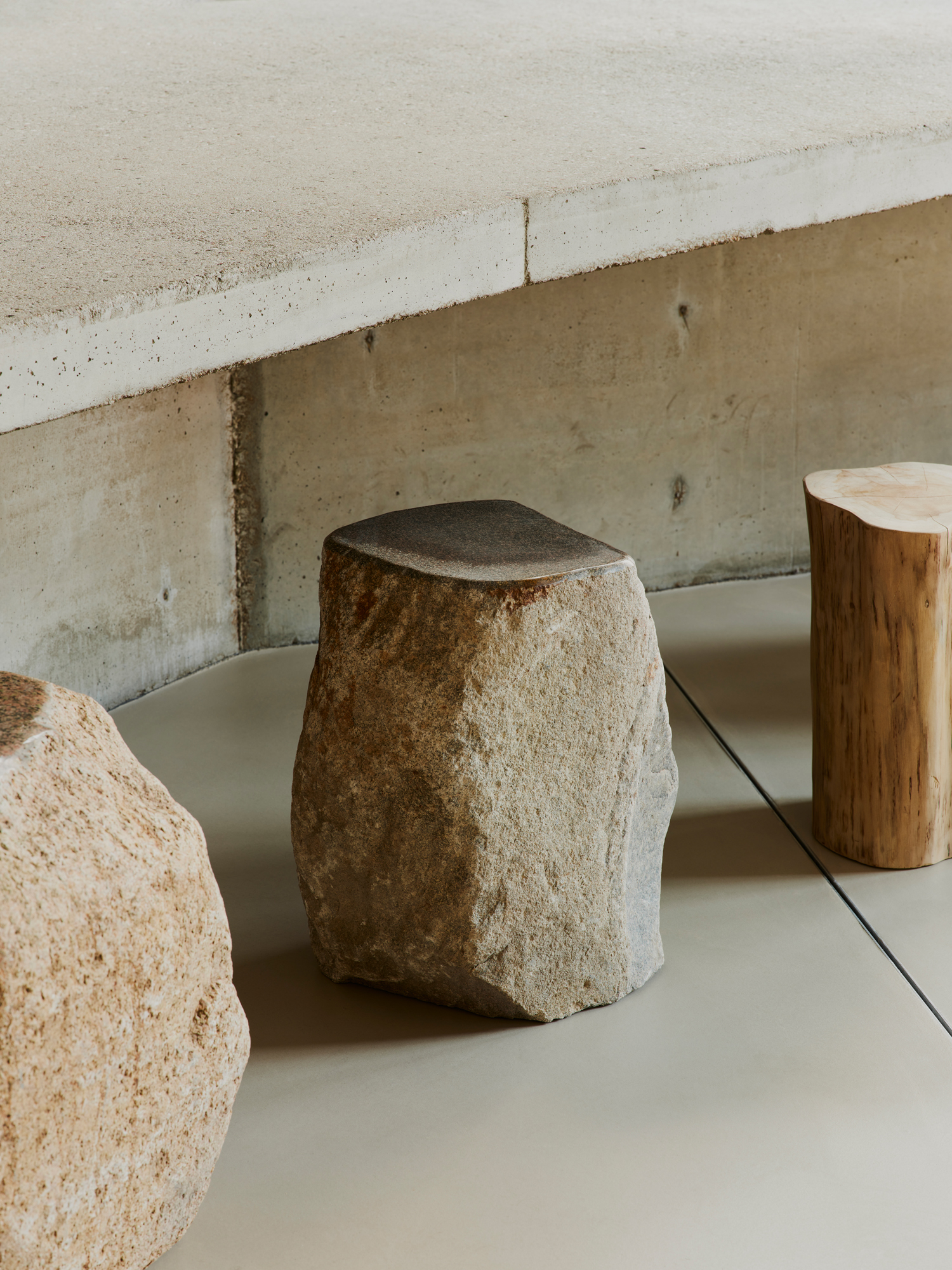
Detail of the Vaust-designed Berlin restaurant JIGI Poke, a project inspired by the 1907 photograph of a Hawaiian fisherman sitting on a rock. Photography: Robert Rieger
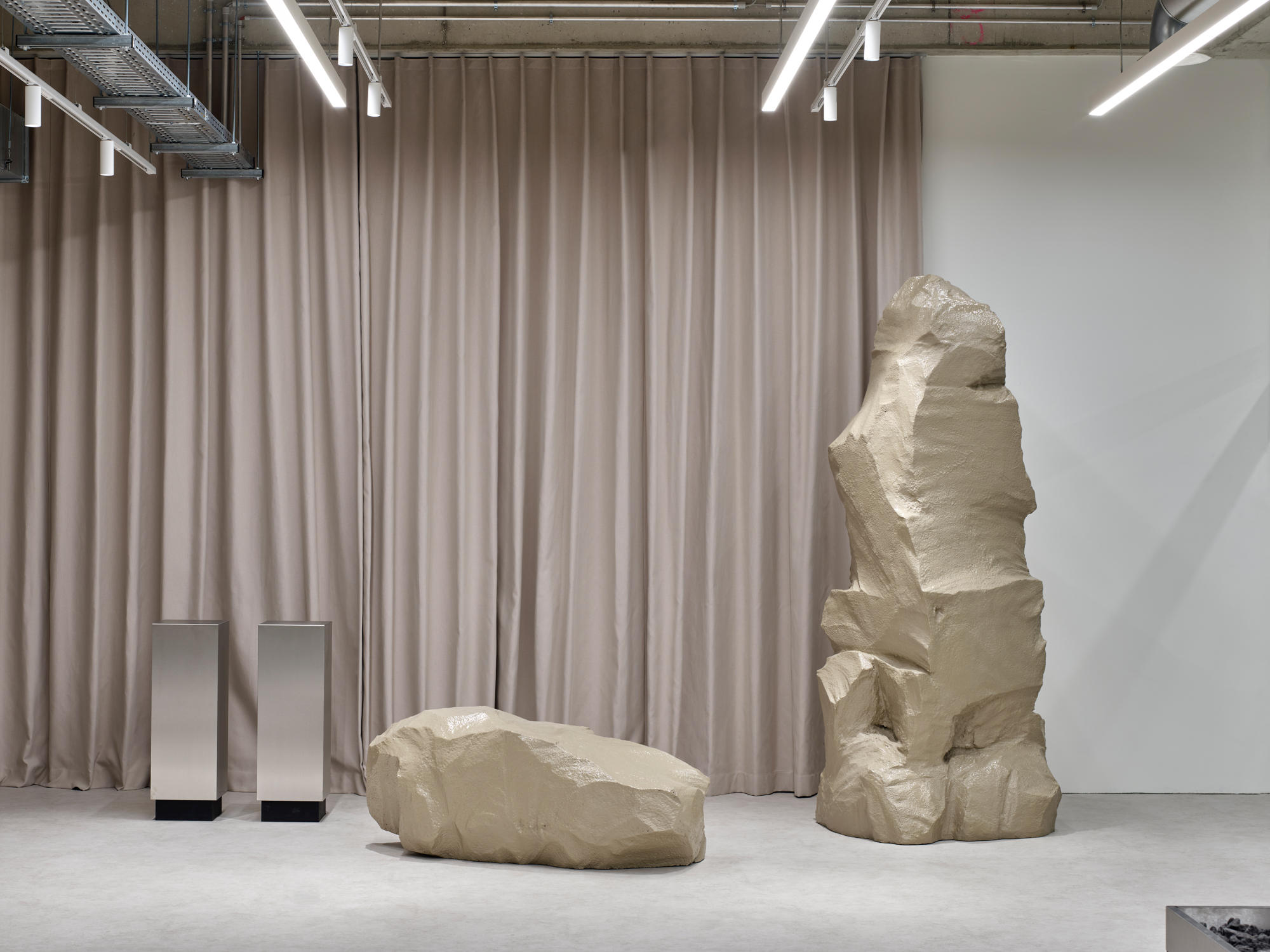
Details of the Stuttgart store interior. Photography: Victor Brigola
INFORMATION
A version of this article appears in the April 2022 issue of Wallpaper*, on newsstands now and available to subscribers
Mary Cleary is a writer based in London and New York. Previously beauty & grooming editor at Wallpaper*, she is now a contributing editor, alongside writing for various publications on all aspects of culture.
-
 The Bombardier Global 8000 flies faster and higher to make the most of your time in the air
The Bombardier Global 8000 flies faster and higher to make the most of your time in the airA wellness machine with wings: Bombardier’s new Global 8000 isn’t quite a spa in the sky, but the Canadian manufacturer reckons its flagship business jet will give your health a boost
-
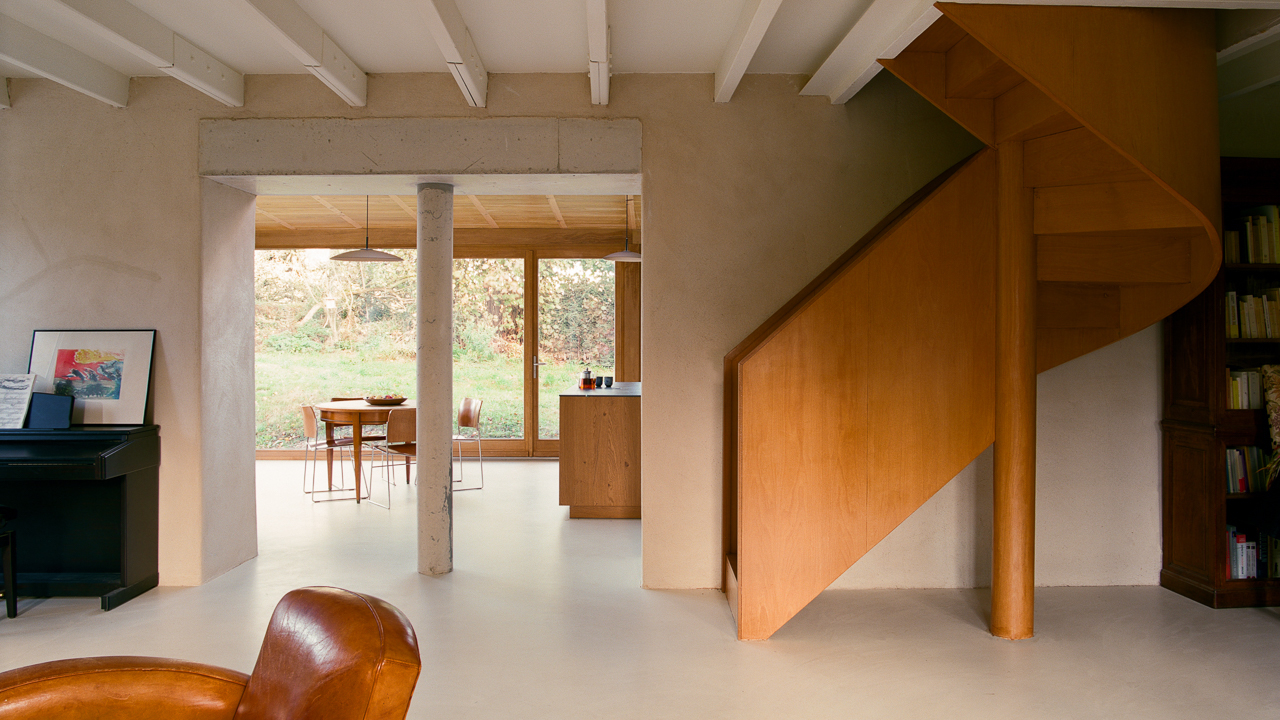 A former fisherman’s cottage in Brittany is transformed by a new timber extension
A former fisherman’s cottage in Brittany is transformed by a new timber extensionParis-based architects A-platz have woven new elements into the stone fabric of this traditional Breton cottage
-
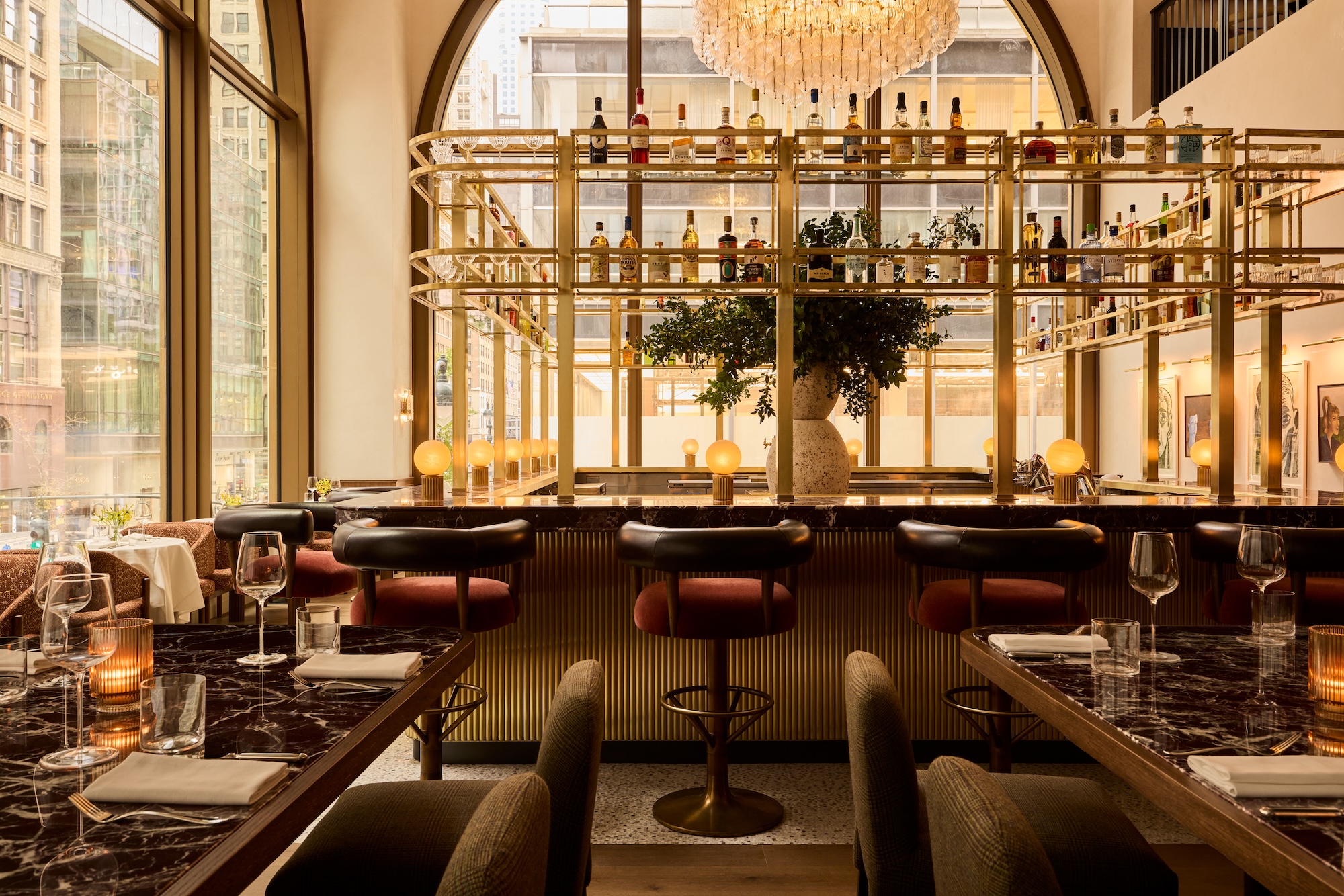 New York's members-only boom shows no sign of stopping – and it's about to get even more niche
New York's members-only boom shows no sign of stopping – and it's about to get even more nicheFrom bathing clubs to listening bars, gatekeeping is back in a big way. Here's what's driving the wave of exclusivity
-
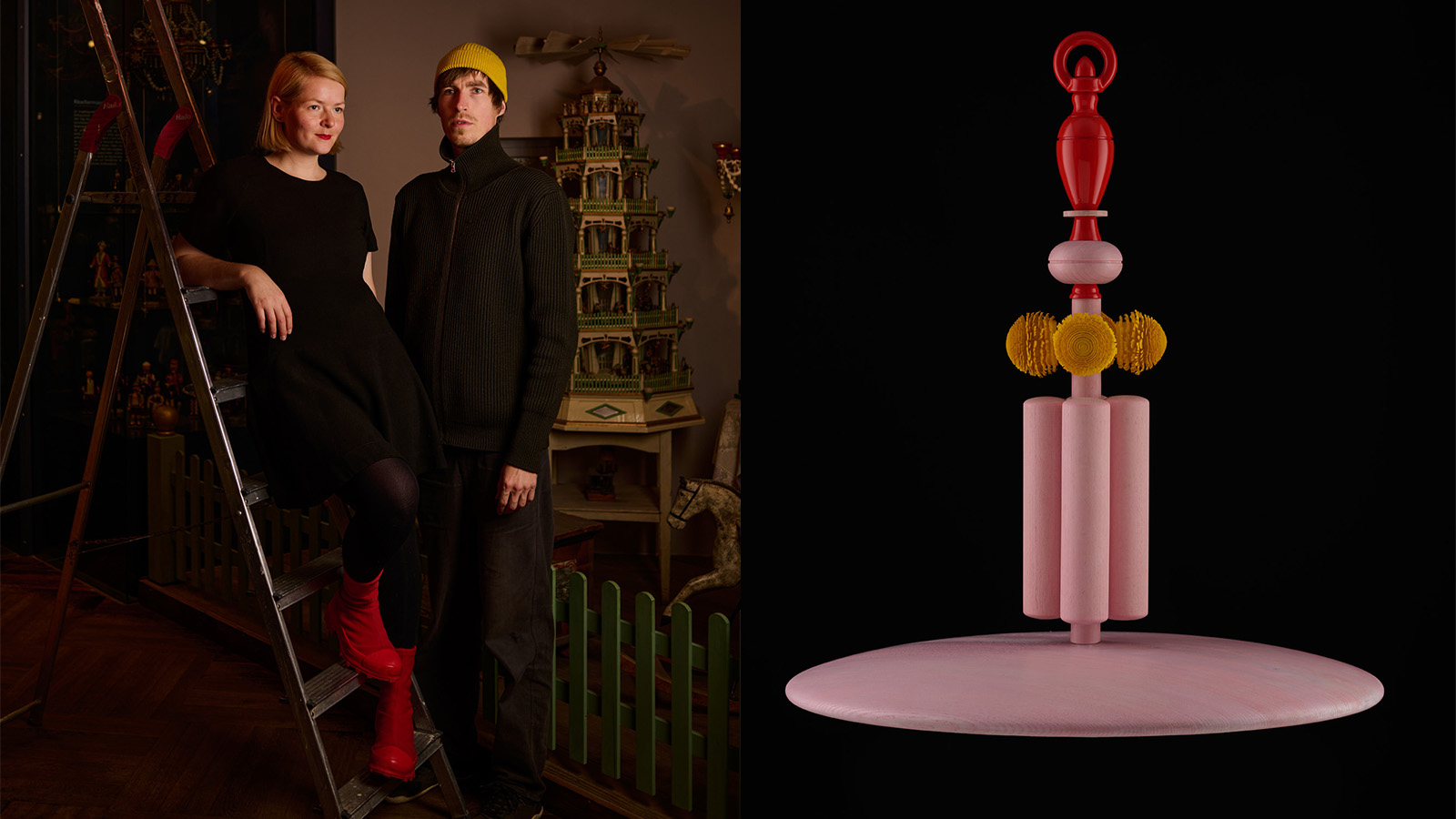 Johanna Seelemann and Robert Damisch use design as a tool to carve a future for the craft community of their homeland
Johanna Seelemann and Robert Damisch use design as a tool to carve a future for the craft community of their homelandDesigners Johanna Seelemann and Robert Damisch tell us about their 'fascination for unravelling the objects that we might take for granted' and finding an answer to unite both craft and design
-
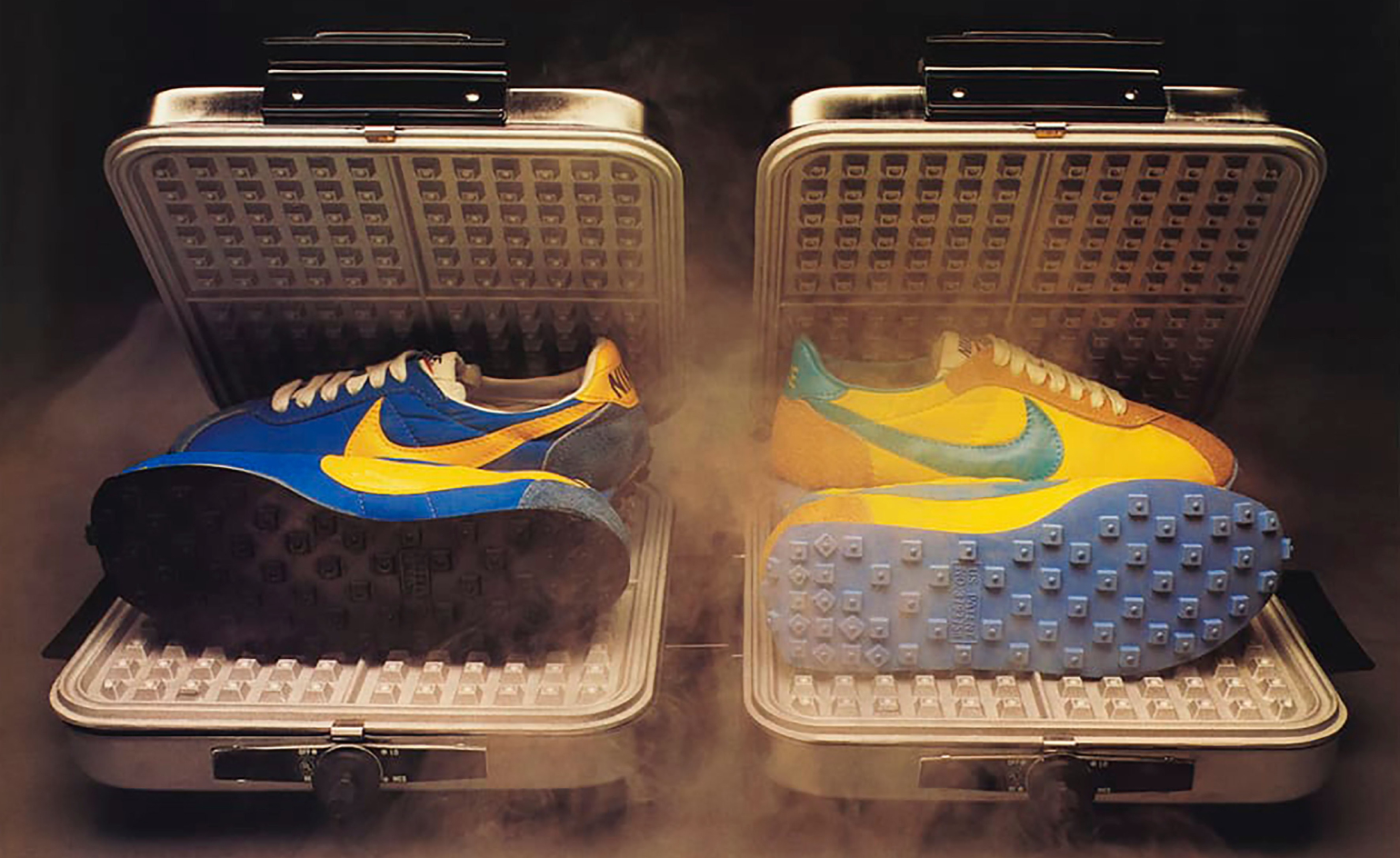 ‘Nike: Form Follows Motion’ surveys 50 years of the Swoosh’s era-defining design
‘Nike: Form Follows Motion’ surveys 50 years of the Swoosh’s era-defining design‘Nike: Form Follows Motion’ at the Vitra Design Museum in Germany, curated by Glenn Adamson, is the first-ever museum exhibition dedicated to the sportswear giant
-
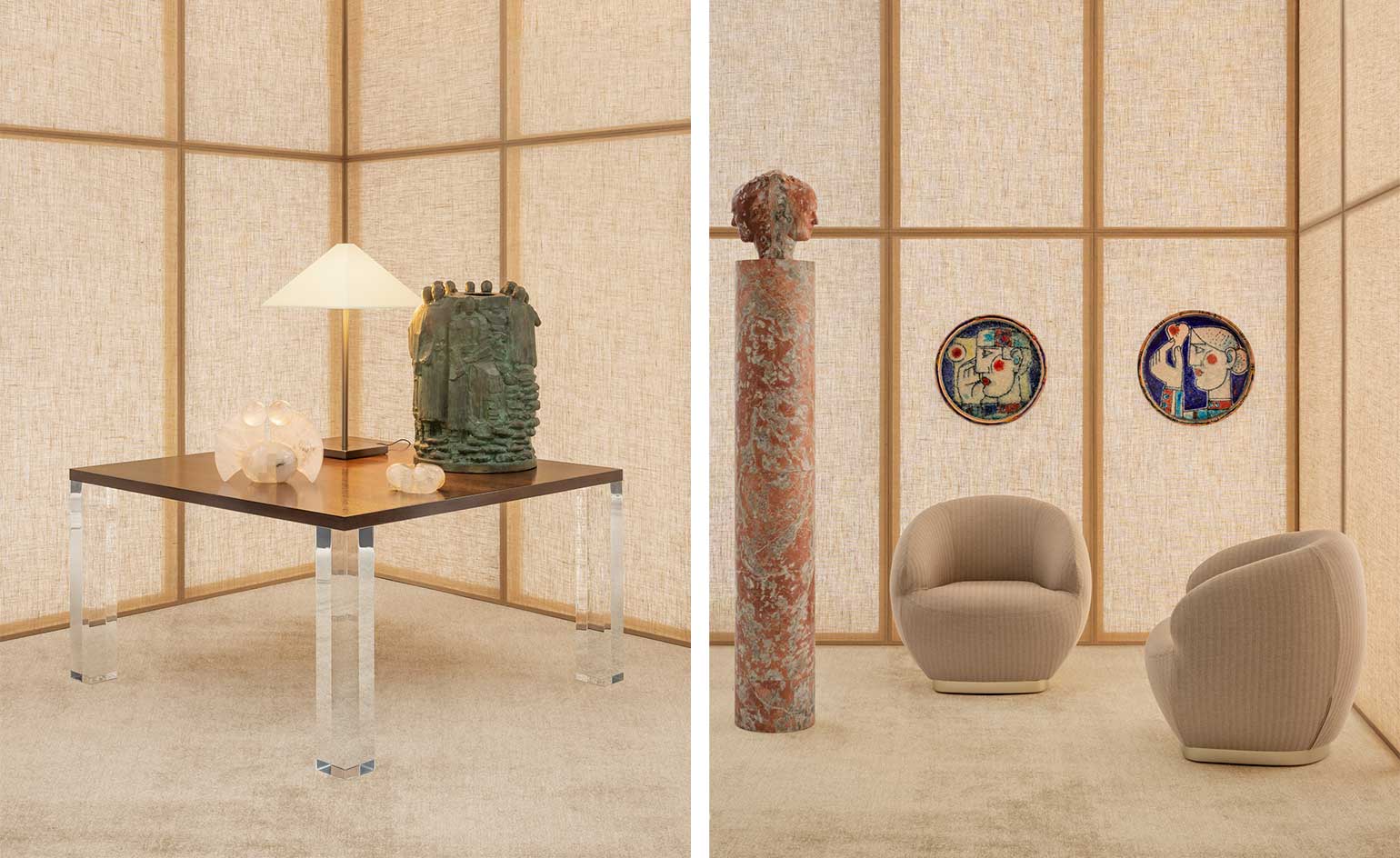 Art, artefacts and Armani Casa: step into our Made in Italy showcase
Art, artefacts and Armani Casa: step into our Made in Italy showcaseIn this photographic series, we combine Armani Casa’s timeless furniture collections with Italian art and rare artefacts to tell the story of Made in Italy craftsmanship
-
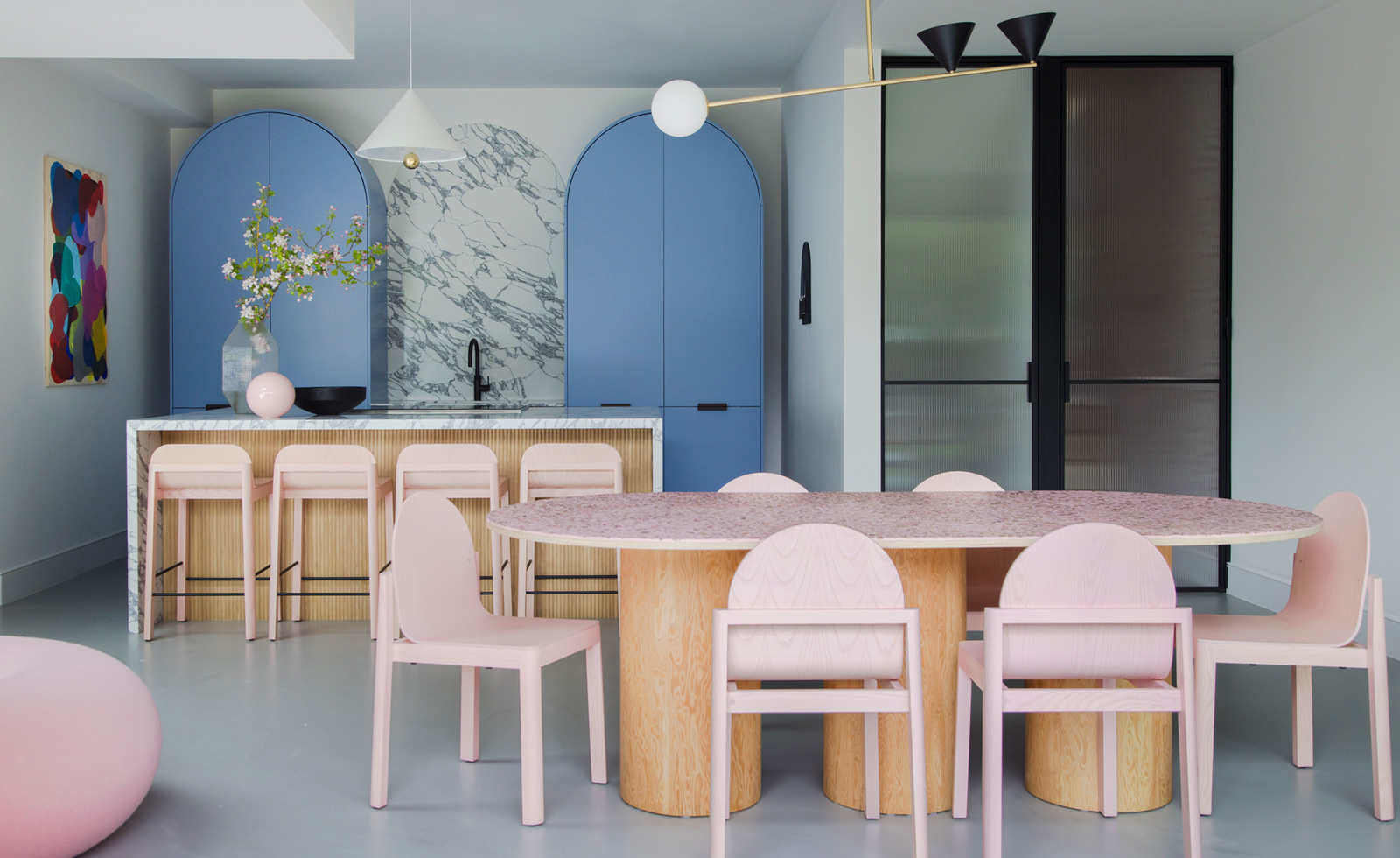 Playful design codes rule in this London Victorian family home
Playful design codes rule in this London Victorian family home2LG Studio embraces colour and comfort in an extensive renovation of a Victorian family home
-
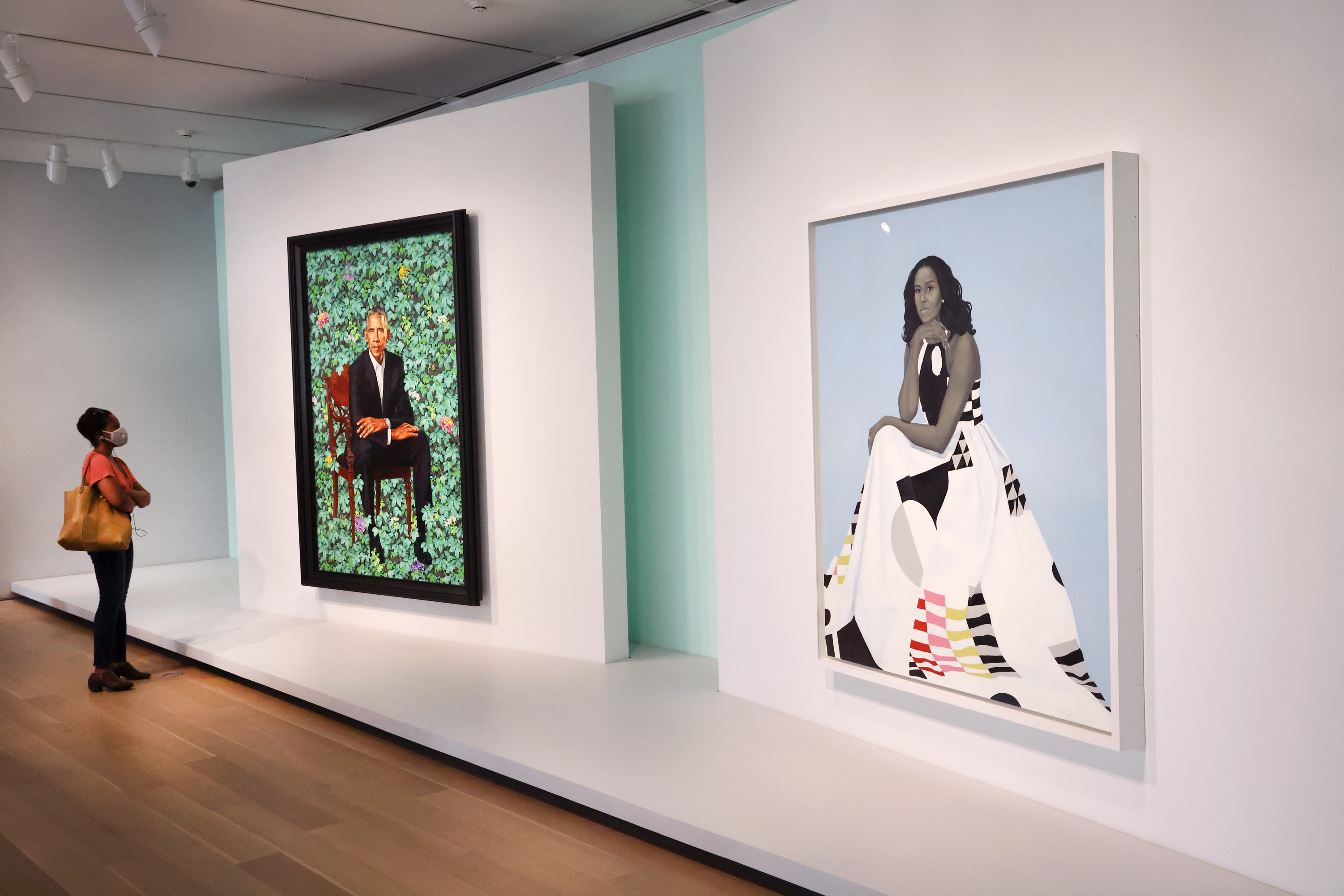 Design at the White House: the creatives working with US Presidents past and present
Design at the White House: the creatives working with US Presidents past and presentInterior designers, fashion designers and artists, whose collaborators have included the White House and its residents, with commissions that range from interior refits to presidential portraits
-
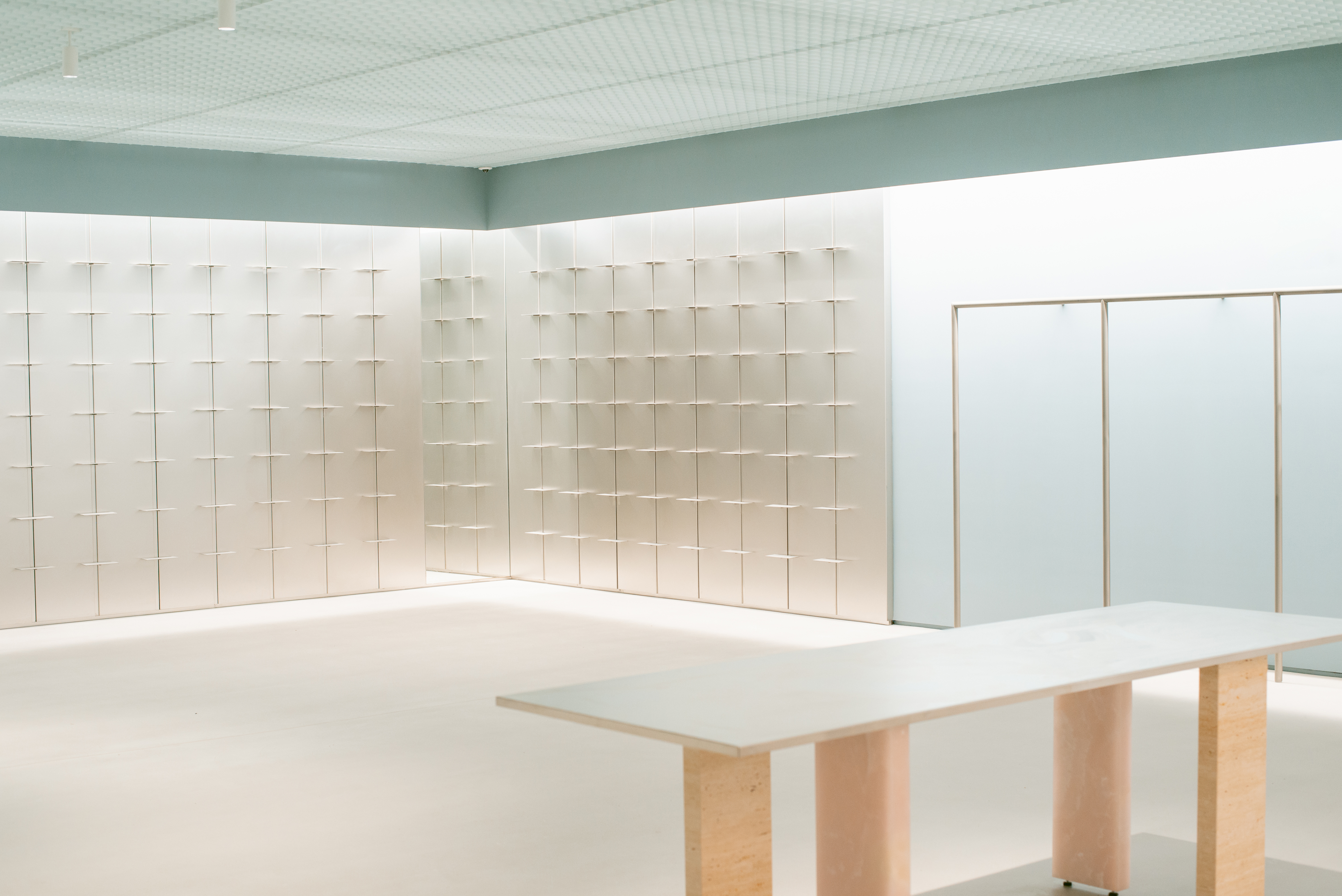 Essx store opens in New York’s Lower East Side
Essx store opens in New York’s Lower East SideEssx is a new concept and community store by local architecture firm Leong Leong and designer Yossi Shetrit
-
 Eastside Bowl scores big with a maximalist postmodern aesthetic
Eastside Bowl scores big with a maximalist postmodern aestheticDesigned by Cowboy Creative, Eastside Bowl in Nashville, Tennessee, combines American nostalgia and southern charm
-
 The Design Parade kicks off a creative Summer in the French Mediterranean
The Design Parade kicks off a creative Summer in the French MediterraneanDesign Parade 2023, set between Hyères and Toulon until the fall, features a showcase of design by emerging and established talent